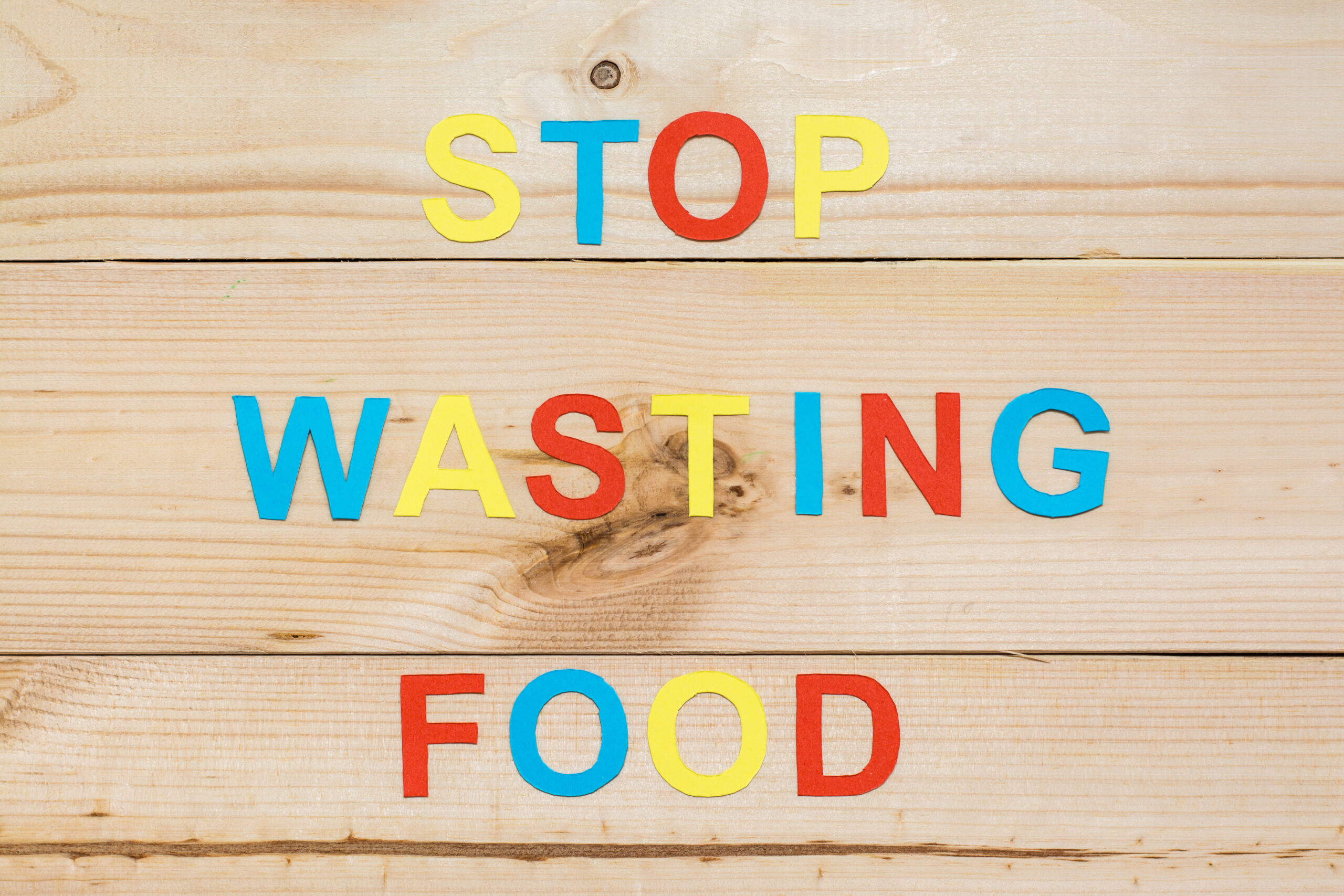As the foodservice sector recovers from the COVID-19 pandemic, the demand for vanilla is expected to boom in its various forms. According to a recent report from Aust and Hachmann, a Canadian vanilla producer, demand for industrial-grade vanilla should remain steady while black/gourmet vanilla will experience a strong recovery.
“Although prices have fallen dramatically in the past 12 months, the recent uptick in demand has helped to stabilize the market,” the report noted. “We are cautiously optimistic that at least in the short term we will not experience the drastic price declines we saw after the last vanilla crisis ended in 2004.”
As a member of the orchid family, vanilla is a widely used flavoring agent and is well-known for its iconic flavor and fragrance. Hand-in-hand with chocolate, vanilla is among the world’s most beloved dessert flavorings and is often found in ice cream, cakes and pastries. Now, with the foodservice sector making a comeback, demand for this cherished ingredient is growing at a strong and steady pace. So, what is contributing to the demand hike?
Vanilla’s universal usages in the food and beverage industry, especially in dairy products, confectionery, baked goods and beverages, is a crucial factor driving the global demand. Additionally, vanilla is used to round out a stronger flavor profile and a flavor enhancer or background note. And while it is not generally consumed for health purposes, pure vanilla is rich in antioxidants, has anti-inflammatory properties and can promote heart health.
Related: How Climatarians are Shaping the Food and Beverage Industry
According to ReportLinker, the global vanilla market was valued at 2,715.93 million in 2020, and it is projected to grow at a compound annual growth rate (CAGR) of 5.64 percent between 2021-2026. North America is estimated to account for the largest share in revenue in the global vanilla market.
Vanilla’s diversified applications in the food and beverage industry coupled with growing demand for naturally-derived flavors has not only strengthened the market, but also made it more competitive. The major global players, including Nielsen-Massey Vanillas Inc., Synthite Industries Ltd (Symega) and McCormick & Company, have been incessantly expanding their international reach and creating brand awareness, giving them a competitive advantage.
These brands also have a strong foothold in the market, thanks partly to their broad range of vanilla offerings – including powders, pastes, extracts and beans – across the world and deep-rooted market penetration. As one of the leading players in the vanilla market, McCormick & Company implemented mergers and acquisitions to be the most effective growth strategy.
Most of the world’s commercially grown vanilla is produced in Madagascar, whose government instituted a minimum export price of $250 per kilogram in 2020. While this price point may seem high, the report noted it had fallen drastically from a high of $600 per kilogram in 2018, adding that the government of Madagascar will continue in its efforts to control the price of vanilla.
“With improving qualities and sustainable prices, demand will continue to grow. Increased vanilla production will satisfy demand sufficiently,” the Aust and Hachmann report said. “There will be less incentive for food manufacturers to ignore labeling laws for pure vanilla as legal pressures mount. These are all positive signs that should benefit the vanilla growing regions of the world going forward.”












Join or login to leave a comment
JOIN LOGIN